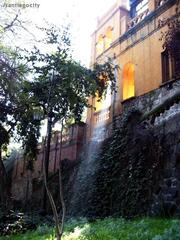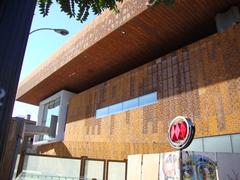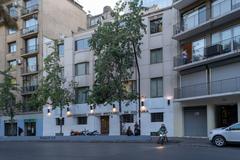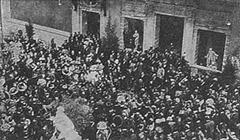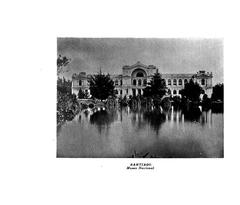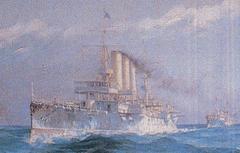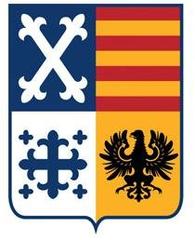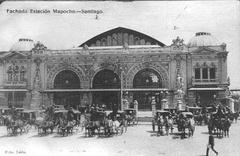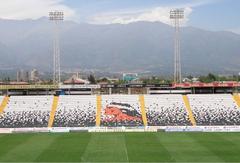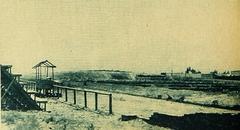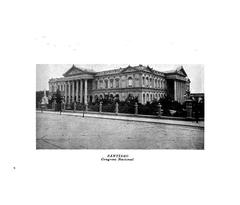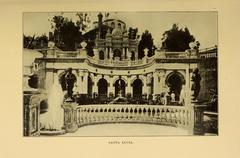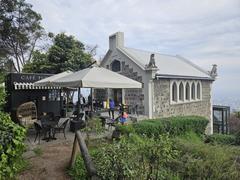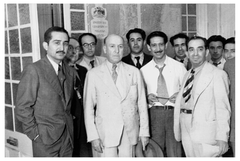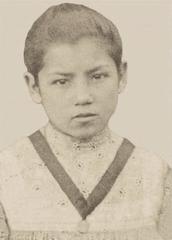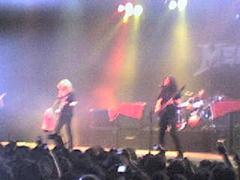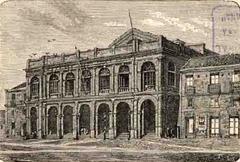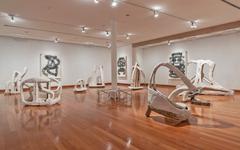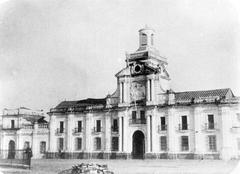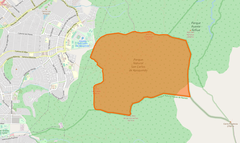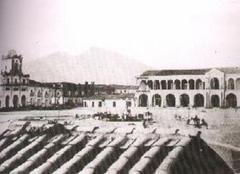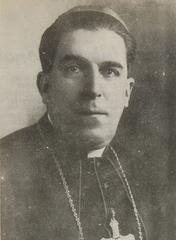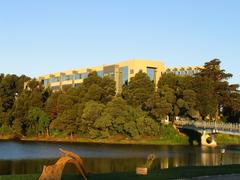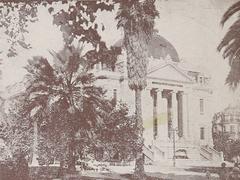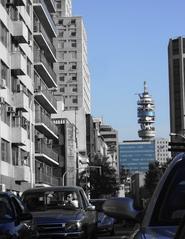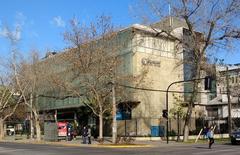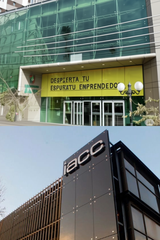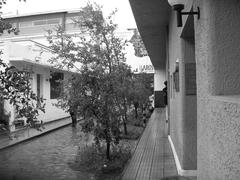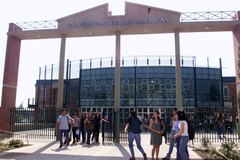Visiting Hours, Tickets, and Attractions of Gruta de Lourdes in Santiago, Chile
Date: 18/07/2024
Introduction to Gruta de Lourdes
Table of Contents
- Introduction
- Historical Background of Gruta de Lourdes
- Visitor Information for Gruta de Lourdes
- Travel Tips for Visiting Gruta de Lourdes
- Key Attractions and Cultural Significance
- Cultural Significance
- Practical Information for Your Visit
- Evolution of the Grotto and its Surroundings
- The Gruta de Lourdes Today
- FAQ
- Conclusion
Historical Background of Gruta de Lourdes
From Vision to Reality - Construction and Inauguration
The story of Santiago’s Gruta de Lourdes begins in the late 19th century. Inspired by the events in Lourdes, France, the idea to create a similar sanctuary in Santiago emerged through the efforts of Father Juan Ignacio González Eyzaguirre. Deeply moved by the faith surrounding Lourdes, he envisioned a place where Chileans could experience a similar spiritual connection without traveling to France.
To bring his vision to life, Father González Eyzaguirre sought the support of prominent figures within the Chilean Catholic Church and the local community. His efforts bore fruit, and in 1898, the construction of the Gruta de Lourdes in Santiago began. The chosen location for the grotto was a hillside in what was then the outskirts of the city, specifically on land belonging to the San José de Apoquindo Hacienda.
The construction process involved meticulous attention to detail, aiming to replicate the appearance of the Lourdes grotto as closely as possible. Craftsmen used natural materials like stone and mortar, carefully shaping the grotto and its surrounding elements. A statue of the Virgin Mary, imported from France, was placed within the grotto, further enhancing its resemblance to the original.
After years of dedicated work, the Gruta de Lourdes in Santiago was inaugurated on December 8, 1908. The inauguration ceremony was a momentous occasion, attended by a large gathering of clergy and devotees. This marked the beginning of the grotto’s journey as a cherished spiritual center for Chilean Catholics.
Visitor Information for Gruta de Lourdes
- Opening Hours - The Gruta de Lourdes is open daily from 9 AM to 7 PM.
- Ticket Prices - There is no entrance fee to visit the grotto. Donations are welcome.
Travel Tips for Visiting Gruta de Lourdes
- Best Time to Visit - The best time to visit is during February, especially on February 11th, when special masses and processions take place.
- What to Bring - Comfortable walking shoes, a hat, and water are recommended, especially if you plan to participate in the outdoor activities.
Key Attractions and Cultural Significance
A Sanctuary of Faith and Hope
The focal point of the Gruta is undoubtedly the statue of the Virgin Mary, a smaller replica of the one venerated in Lourdes, France. This iconic figure, standing gracefully atop a rocky grotto, draws thousands of devotees and curious visitors each year. The faithful believe that the Virgin of Lourdes, known for her miraculous healing powers, intercedes for them in times of need. This deep reverence is palpable in the countless offerings left at the grotto, whispering tales of gratitude and hope.
Architectural Marvels
- The Sanctuary - Constructed in 1908, the Sanctuary boasts a neo-Gothic style, a stark contrast to the surrounding urban landscape. Its towering spires, intricate stained-glass windows, and vaulted ceilings inspire awe and tranquility. The sanctuary’s design, inspired by European cathedrals, reflects the strong influence of European architecture in Chile during the early 20th century.
- The Grotto - The grotto itself, a man-made cave-like structure, is designed to resemble the original grotto in Lourdes, France, where Saint Bernadette Soubirous is said to have witnessed apparitions of the Virgin Mary. This meticulous recreation adds a layer of authenticity and transports visitors to the very heart of the Lourdes story.
- The Gardens - Surrounding the Sanctuary and the Grotto are beautifully landscaped gardens, offering a serene escape from the bustling city. These gardens, dotted with benches and shaded pathways, provide a space for quiet reflection and contemplation.
Cultural Significance
- Pilgrimage Site - For Chilean Catholics, the Gruta is a revered pilgrimage site, especially during the Feast of Our Lady of Lourdes on February 11th. On this day, the sanctuary and its surrounding streets come alive with a vibrant procession, drawing massive crowds from across the country. This annual pilgrimage is a testament to the enduring faith and devotion of the Chilean people.
- Community Hub - Beyond its religious significance, the Gruta serves as a community hub, hosting various events throughout the year. From religious ceremonies like baptisms and weddings to cultural programs and social gatherings, the Gruta fosters a sense of community and shared identity.
- Symbol of Hope - The Gruta de Lourdes stands as a beacon of hope and resilience for many Chileans. Its association with miraculous healings and the Virgin Mary’s compassionate intercession provides solace and strength, particularly during times of personal or national hardship.
Practical Information for Your Visit
Visiting Hours
The Gruta de Lourdes is open daily from 9 AM to 7 PM, but it’s advisable to check the official website for any changes in hours, especially during holidays and special events.
Tickets and Admission
Admission to the Gruta de Lourdes is free. However, donations are welcome and help maintain the site.
Travel Tips
- Getting There - The Gruta is easily accessible by public transportation, with several bus routes and a nearby metro station.
- Nearby Attractions - While in the area, consider visiting other Santiago historical sites like the Metropolitan Cathedral and the Museum of Memory and Human Rights.
- Accessibility - The site is wheelchair accessible, with ramps and designated pathways.
- Guided Tours - For a more in-depth experience, guided tours are available and can be booked through the official website.
- Photo Spots - Don’t miss the opportunity to capture the stunning architecture and peaceful gardens. Early mornings or late afternoons offer the best lighting for photography.
Special Events and Activities
Throughout the year, the Gruta de Lourdes hosts various religious and cultural events. Be sure to check the event calendar on the official website to plan your visit around any special activities.
Evolution of the Grotto and its Surroundings
Renovations and Expansions
Over the decades, the Gruta de Lourdes has undergone several renovations and expansions to accommodate the growing number of pilgrims. These modifications, while respecting the grotto’s original design, have enhanced its capacity and accessibility.
Chapel Construction
One significant development was the construction of a chapel adjacent to the grotto. This chapel, inaugurated in 1927, provides a dedicated space for religious services and offers shelter to pilgrims, especially during inclement weather.
Urban Growth
The area surrounding the grotto has also transformed over time. Initially located on the outskirts of Santiago, the city’s growth gradually enveloped the grotto. Today, it stands as an oasis of tranquility amidst a bustling urban landscape, a testament to its enduring spiritual significance.
The Gruta de Lourdes Today - A Symbol of Hope and Healing
The Gruta de Lourdes in Santiago continues to be a place of profound religious significance for Chilean Catholics. It serves as a reminder of the events in Lourdes, France, and the powerful connection many feel to the Virgin Mary.
Beyond its religious importance, the grotto has become a symbol of hope and healing for many. People from all walks of life visit the grotto, seeking solace in times of difficulty, offering prayers for loved ones, or simply finding a moment of peace amidst the chaos of daily life.
The Gruta de Lourdes stands as a testament to the enduring power of faith and the human need for spiritual connection. It serves as a reminder that even in the heart of a bustling metropolis, a sanctuary of peace and reflection can be found.
FAQ
Q - What are the visiting hours for Gruta de Lourdes? A - The Gruta de Lourdes is open daily from 9 AM to 7 PM.
Q - Is there an entrance fee? A - No, there is no entrance fee. Donations are welcome.
Q - When is the best time to visit? A - The best time to visit is during February, especially on February 11th, when special masses and processions take place.
Q - Are there any nearby attractions? A - Yes, nearby attractions include San Cristóbal Hill and Plaza de Armas.
Q - What should I bring when visiting? A - Comfortable walking shoes, a hat, and water are recommended.



